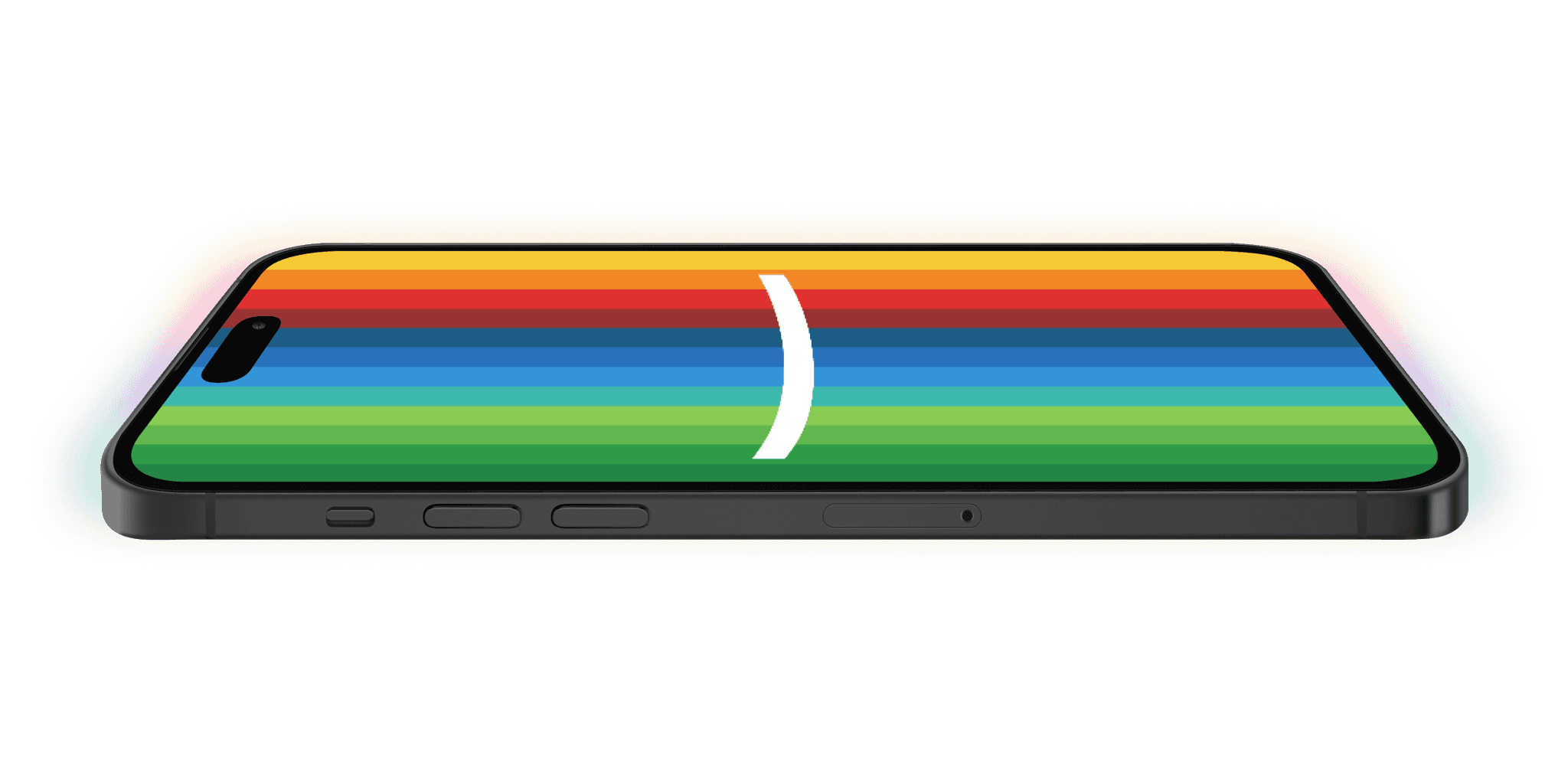When shopping online, you want to do everything you can to keep your personal and financial information safe. This is where the CVV on your debit card comes in. A CVV, also known as a security code, acts as an added protection to prevent fraudulent transactions. In this article, we'll explain what a CVV code is, how it works, and where you can find it on your credit or debit card.
What is a CVV on a credit or debit card?
A CVV (card verification value) is a three or four-digit number found on most credit and debit cards. The length of a CVV depends on the type of card you have. Visa, Mastercard, and Discover use a three-digit CVV, while American Express uses a four-digit CVV number.
The purpose of a CVV is to protect your card from theft and fraud. When making a purchase online or over the phone, merchants will typically ask for your CVV to confirm you have the card with you. If you buy something in-store, the seller should not ask you to provide your CVV, as this information transfers automatically when you swipe, insert, or tap your card.
Different card issuers refer to the CVV using various names, including:
Card Security Code (CSC)
Card Verification Number (CVN)
Card Verification Data (CVD)
Card Identification Number (CIN)
How does the CVV work?
A CVV code helps prevent unauthorized transactions from occurring in card-not-present (CNP) transactions, like when using your credit or debit card to pay for something online, by mail, or by phone. By requesting the CVV code in a CNP situation, merchants can feel more confident that you have the physical card in your possession.
While merchants can store cardholder data like your name and card number, the PCI Data Security Standards Council prohibits the storage of CVV data. This means a merchant can ask for your CVV to authorize your transaction but must delete it once the transaction is complete.
If someone hacks into a retailer’s system, they can steal your card number, but they won’t have access to your CVV. This safeguard makes it more difficult for them to use your card to make fraudulent purchases online.
Where to find your CVV?
You can usually find your CVV on the back of your debit or credit card on the right-hand side of the signature strip. Some cards, including American Express, print the CVV on the front side of the card above the American Express logo.
How to keep your CVV safe?
To keep your card safe and avoid common scams, you need to protect your information, including your card number, expiration date, and CVV. To keep your data secure, consider the following strategies:
Review your bank statements regularly. Make a habit of checking your online bank statements regularly to scan for any unauthorized charges or withdrawals. If you notice something unusual, report it to your bank immediately.
Don’t share your card details. Avoid sharing pictures or details of your card on social media, over text, or by email.
Always use a secure Wi-Fi network. Don’t share personal or banking information when using public or non-secure networks.
Password-protect your computer and mobile devices. Always password-protect your network to ensure no one can access your Wi-Fi network at home. Also, password-protect your computer, phone, or tablet to ensure no one can open it if it is lost or stolen.
Only make purchases on secure websites. Only use websites that use “https” addresses versus “http” addresses. The extra “s” included in “https” addresses stands for secure.
Use trusted sites. Choose online retailers that you trust. If you’ve never heard of a site, research it before sharing personal or card information.
Install anti-virus software. You can install anti-virus software on your computer and mobile devices to scan for viruses and protect your information.
In conclusion, understanding what a CVV is and how it works can help you keep your financial information safe when making purchases online or over the phone. By taking the necessary precautions, you can minimize the risk of fraud and unauthorized transactions.














